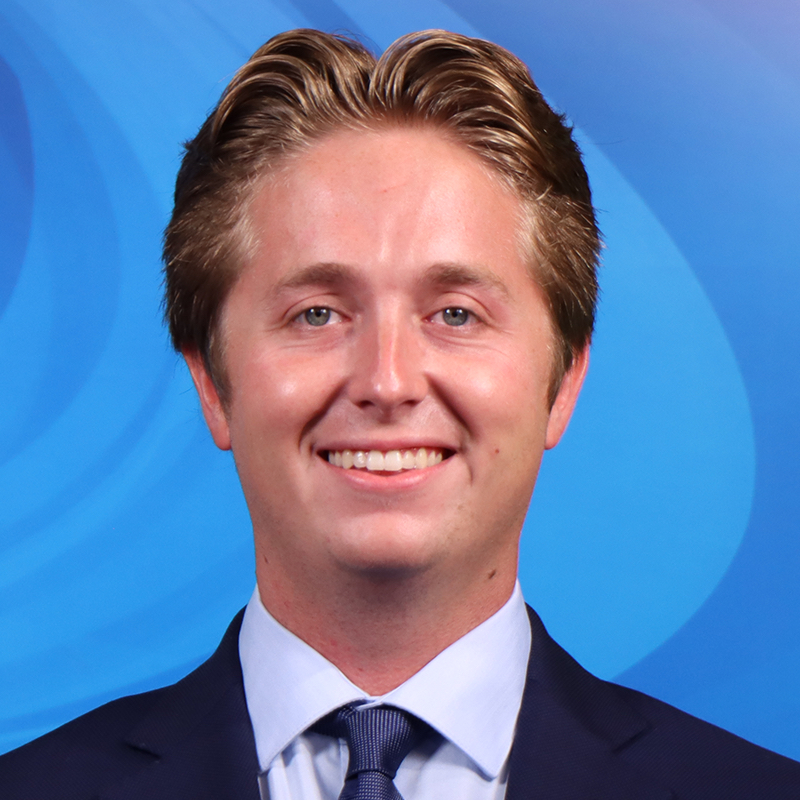Northwoods Health and Wellness holds Metaphysical Market in Rhinelander (video here)
Tack swap held in Antigo on Sunday (video here)
Oneida Co. Clerk explains ballot counting process (video here)
Land O’ Lakes Elementary School holds Veterans Day Celebration (video here)
Lincoln County receives $416,684 grant to improve EMS communication systems (video here)
Rhinelander High School Psychologist reflects on her work during National School Psychologist Week (video here)
Warehouse Community Art Center holds telethon to raise funds for holidays (video here)
Eagle River mother raises concerns about bullying on school buses (video here)
With gun deer season upon us, here’s an update on how hunting equipment is selling
40th annual Show & Sell Craft Show held at James Williams Middle School
Native American Craft and Art Show and Sale held in Lac Du Flambeau
DNR gives update on first weekend of gun deer season (video here)
Evers visits Athens farm to continue promoting agricultural tourism (video here)
DNR testing deer for PFAS (video here)
Cranberry Fest vendors share their inspiring stories (video here)
Wisconsin NICA league visits Rhinelander for the first time (video here)
Former UWSP political science professor weighs in on one year anniversary of Hamas attack on Israel (video here)
A Hazelhurst couple is offering up their time to clean off tombstones at cemeteries throughout the area (video here)
Warm for Winter clothing pantry has a new home (video here)
Evers, Whitmer tour Wisconsin to energize voters (video here)
Historic West Elementary celebrates building’s 100th anniversary (video here)
Boathouse employees hold fundraiser for hurricane relief (video here)
Kirk Bangstad appears virtually in court for new defamation case (video here)
UWSP opens forestry center in Tomahawk (video here)
Wisconsin DPI asking for $294 million to address food insecurity (video here)
Baldwin stops in Wausau as part of “Forward” bus tour (video here)
Transportation experts meet at CWA to discuss successes and future plans (video here)
Ninth annual Oneida Lake / Hancock Lake duck races held in Harshaw Saturday
Eagle River Labor Day Arts and Crafts Show brings thousands to Northwoods
11th Annual Sausagefest held by Eagle River Lions Club Sunday
Eagle River boy hosts lemonade stand to raise money for Vilas Co. Sheriff’s K-9 unit
School District of Rhinelander implementing new target-based grading system (video here)
School District of Rhinelander implementing new target-based grading system (link includes video)
Covantage Credit Union holds online fraud protection course (video here)
Fall Ride brings camaraderie above all (video here)
WISCO BASS holds bass tournament on Minocqua Chain of Lakes
School District of Rhinelander continues working to reduce distraction of cell phones in classrooms (video here)
Antigo Homeless Shelter faces local opposition (video here)
Antigo Fire Chief pays up in “War on 64” bet (video here)
Evers visits Lake Nokomis Cranberries to celebrate agricultural tourism (video here)
Wausau Noon Rotary Club awards scholarships to area high school seniors
44th Annual Spring Classic Muskie Tournament in Eagle River
Wausau Jewish congregation ramps up security amid increase in antisemitism
Northwoods tourism thrived in 2023; part of a statewide trend
January 6 police officers visit Wausau as part of statewide tour
Gas leak disrupts services at Forest County Courthouse; building reopened at 4 p.m. Tuesday
The Rhinelander community remembers George Rouman
Former Wisconsin Governor visits Rhinelander to speak on being an Alzheimer’s caregiver
Northwoods Children’s Museum holds second Nature Education Program of the summer
Storms destroy multiple homes in Tomahawk area
Lake and river expert emphasizes water health ahead of Northwoods Six-County Lake meeting
35th annual Charlie Baker Memorial Muskie Tournament held on Moen Chain
What the EPA’s new PFAS standards mean for Wisconsin drinking water
Measles case reported in Wisconsin
Arbor Vitae Woodruff students pack meals for local food pantries for “Better World Day”
Republican senate candidate Eric Hovde visits Athens dairy farm
Dairy farmer speaks on impact of migrant workers
Tricia’s Treasures celebrates grand re-opening (video)
State senators hold press conference vowing to override recent vetoes
Holiday Acres in Rhinelander hosts Northwoods Jazz Camp
D.C. Everest Habitat for Humanity finishes up a special project
“Raise Your Voice” mental health program
Forest County students visit farm in Laona as culmination of in-school 4-H program
$16 million Merrill school referendum set to hit ballot on April 2
New technology rolled out for registration, sign ins at polling places
D.N.R. to host statewide public input sessions Monday on proposed wake boat restrictions
What is the Wisconsin Secretary of State’s job like?
Video: 7th congressional district Democratic convention held in Rhinelander Saturday (click here for written story)
Video: Hunting advocacy group to hold meeting on predator management in Park Falls on Tuesday (click here for written story)
Video: Experts weigh in on staying safe during times of elevated fire risks (click here for written story)
9-1-1 dispatchers celebrate national public safety telecommunicators week
Video: Andi Rich announces campaign to challenge Mary Felzkowski for State Senate District 12 (click here for written story)
Community voices concerns to Antigo school board
Phillips still seeking funds for playground improvements at Elk Lake Park
Langlade County G.O.P. holds Lincoln, Reagan, Trump Dinner in Antigo
Wisconsin’s health care workforce still lags behind pre-pandemic levels
Northland Pines High School hosts “Mad Money” financial literacy event
At the Lincoln County Economic Development Summit, access to childcare remains an obstacle to growth
Two Democrats vying to unseat Van Orden in WI-03
Local TikTok influencer weighs in on potential ban
Wisconsin revenue secretary weighs in on scams to watch for during tax season
Boulder Junction looking to upgrade basketball courts at community playground
DNR warns against recreating on exposed lake beds
Two North Lakeland School referendums set to hit the ballot Tuesday
